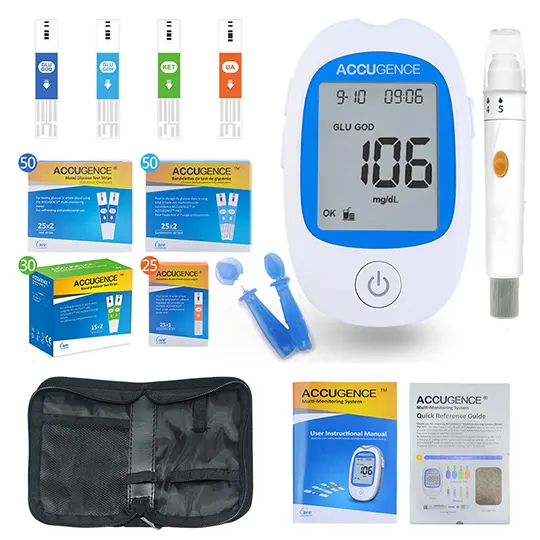Dosing and uses of Dostinex (cabergoline)
Adult dosage forms and strengths
tablet
- 0.5mg
Hyperprolactinemic Disorders of Either Idiopathic or Pituitary Adenoma Origin
Initital:0.25 mg 2 times per week PO
May increase by 0.25 mg q4Weeks (or longer) up to 1 mg 2 times per week
Pediatric dosage forms and strengths
Safety & efficacy not established
Dostinex (cabergoline) adverse (side) effects
>10%
Nausea (27%)
Headache (26%)
Dizziness (15%)
Constipation (10%)
1-10%
Asthenia (9%)
Fatigue (7%)
Abdominal pain (5%)
Somnolence (5%)
Postural hypotension (4%)
Depression (3%)
Dyspepsia (2%)
Nervousness (2%)
Abnormal vision (1%)
Breast pain (1%)
Dysmenorrhea (1%)
Hot flashes (1%)
Paresthesia (1%)
Warnings
Contraindications
Uncontrolled hypertension
Hypersensitivity to ergot derivatives
Severe hepatic dz
Severe pre-eclampsia
Concurrency with D2 antagonists
Women planning to nurse
Not indicated for suppression of established lactation even in Canada
History of cardiac valvular disorders as suggested by anatomical evidence of valvulopathy of any valve, determined by pretreatment evaluation including echocardiographic demonstration of valve leaflet thickening, valve restriction, or mixed valve restriction-stenosis
Cautions
Initial doses >1 mg may produce orthostatic hypotension
Concomitant antihypertensives
Reportedly can cause cardiac damage
Hepatic impairment
Inhibits lactation
Valvular disease
- All patients should undergo a cardiovascular evaluation, including echocardiogram to assess the potential presence of valvular disease; if valvular disease is detected, the patient should not be treated with cabergoline
- Following treatment initiation, clinical and diagnostic monitoring (for example, chest x-ray, CT scan and cardiac echocardiogram) should be conducted to assess the risk of cardiac valvulopathy
- Discontinue if an echocardiogram reveals new valvular regurgitation, valvular restriction or valve leaflet thickening
Pregnancy and lactation
Pregnancy category: B
Lactation: excretion in milk unknown; use with caution
Pregnancy categories
A: Generally acceptable. Controlled studies in pregnant women show no evidence of fetal risk.
B: May be acceptable. Either animal studies show no risk but human studies not available or animal studies showed minor risks and human studies done and showed no risk.
C: Use with caution if benefits outweigh risks. Animal studies show risk and human studies not available or neither animal nor human studies done.
D: Use in LIFE-THREATENING emergencies when no safer drug available. Positive evidence of human fetal risk.
X: Do not use in pregnancy. Risks involved outweigh potential benefits. Safer alternatives exist.
NA: Information not available.
Pharmacology of Dostinex (cabergoline)
Half-life:63-69 hr
Distribution
High levels in pituitary (100x of plasma)
Peak Plasma: 30-70 pg/mL following single oral doses of 0.5-1.5 mg
Excretion
Urine: 22%
Feces: 60%
Other Information
Protein Bound: 40-42%
Metabolism: extensively hydrolyzed
Renal Clearance: 0.08 L/min
Mechanism of action
Dopamine receptor agonist with high affinity for D2 receptors, thereby inhibiting prolactin release



